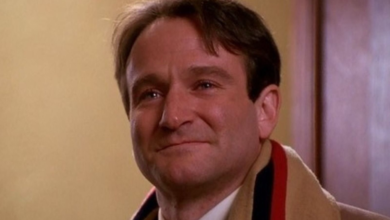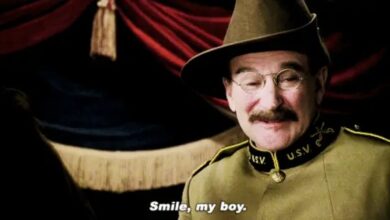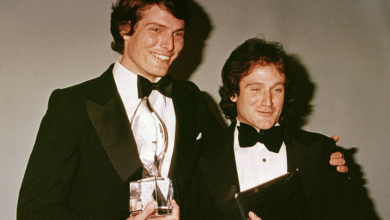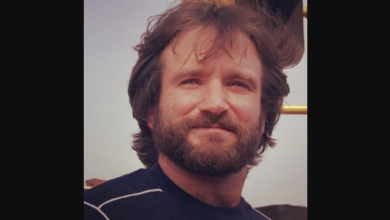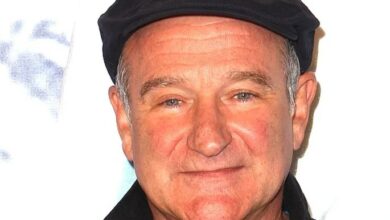Robin Williams went above and beyond to stop his image being used
Good Will Hunting actor signed deed banning use of his likeness in films and adverts in future despite privacy laws, and other celebrities could follow

It used to be that death signalled a very definite end to a celebrity career. But with the advent of CGI and hologram technology, actors and musicians no longer need to be alive to appear in new films and adverts – or even perform on stage.
However, the digital afterlife is not for everyone. New documents from the estate of Robin Williams, the actor who took his own life last August, show that he has put in place a restriction on his image, or any likeness of his image, being used for 25 years after his death.
Williams, who is known for films such as Good Will Hunting and Mrs Doubtfire, filed a deed which states that his image cannot be used in any film or publicity until 2039 and also passed on the rights to his name, signature, photograph and likeness to the Windfall Foundation, set up in his name.
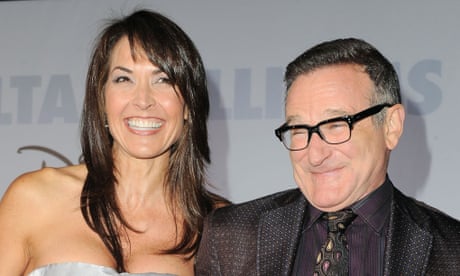
It is a move that restricts any posthumous exploitation of the actor’s image, be it through using CGI to impose him into a film or advert or creating a live hologram of him performing standup. While California law already protects the statutory right to publicity – which grants individuals the right to say what their image can and cannot be used for up to 70 years after death – this deed adds another layer of security on top of that. Such a law does not exist in the UK.
Rachel Alexander, a leading privacy lawyer at Wiggin, a firm specialising in entertainment law, said that while this was the first time she had seen a celebrity place such rigid restrictions on their image after their death, she predicted it would become more common in the future.
She said: “It is quite unusual for someone to do this. It is symptomatic of the fact that there is commercial gain to be made from someone’s image or likeness, both when they are alive and afterwards, so it emphasises that.
“The motive behind this seems to be firstly that Robin Williams wanted to make sure his image isn’t tarnished, with unauthorised images used in adverts for example or films, which technology has now made possible. I think it is very likely we will see more people doing it.”
Alexander added that separating his image rights and value from the rest of his estate and placing it into a foundation was a savvy move by Williams in terms of tax.
She said: “There’s also the Michael Jackson issue, where his estate has been levied with this enormous tax bill, and part of that is on the value placed on his likeness. So what Williams has done has transferred the value around his image and his likeness to a charitable foundation, which seems motivated by tax reasons.
“Celebrities are increasingly concerned with protecting their image. Unlike in the US, there’s no specific image rights law [in the UK] but we are seeing people like David Beckham and Stephen Hawking registering their names as trademarks, which is an indicator of the trend of these celebrities to do as much as they can to have complete control over every aspect of their image or brand – or at least make money from it. So I think this Robin Williams case is another extension of that.”
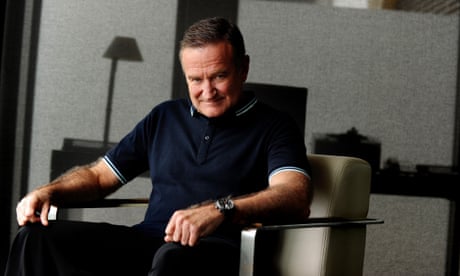
It is becoming easier for Hollywood to create digital doppelgangers of much-loved stars with advances in CGI and VFX technology. Fast and Furious 7, which is due out this year, has used a combination of cutting-edge visual effects, archive footage and body-double work to digitally recreate lead actor Paul Walker, who died in a car crash in November 2013 when he was only halfway through filming. The film’s director, James Wan, finished Walker’s performance by digitally placing the actor’s face on to one of his brothers’ bodies.
It is not an entirely new fad, either. Laurence Olivier was dead for 15 years when he starred as the villian in Sky Captain and the World of Tomorrow in 2004. To pull this off, the production recorded new dialogue by another actor and used archive footage to create the evil hologram, Dr Totenkopf. A similar method was used in Superman Returns, where, thanks to CGI and old footage, Marlon Brando appeared as Jor-El two years after he had died.
Adverts have also begun to use CGI to bring actors back to life to promote their brands. The most recent example was the use of CGI in an advert for Galaxy chocolate, which saw Audrey Hepburn digitally recreated thanks to advanced VFX, while similar technology helped the long-deceased Grace Kelly and Marilyn Monroe sell Dior perfume in a 2011 television advert.
The digital afterlife is not just restricted to film stars. At the Billboard music awards, Michael Jackson performed his single Slave to the Rhythm from his posthumous album Xscape, despite being dead for five years, while audience members at Coachella music festival in 2012 got a surprise when Tupac Shakur, who died in 1996, appeared on stage alongside Snoop Dogg and Dr Dre, as a hologram.

